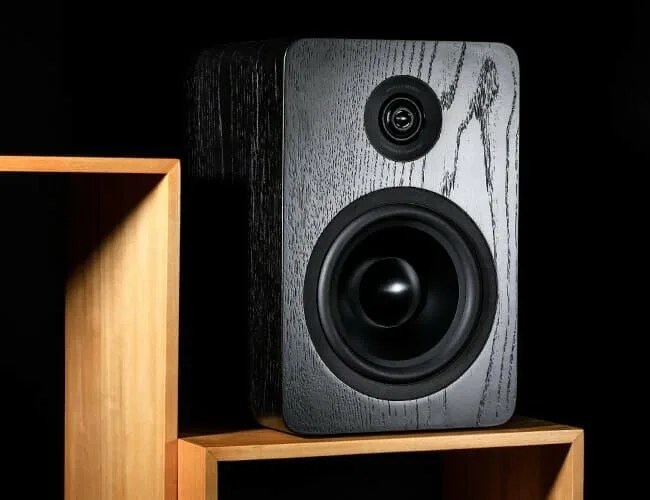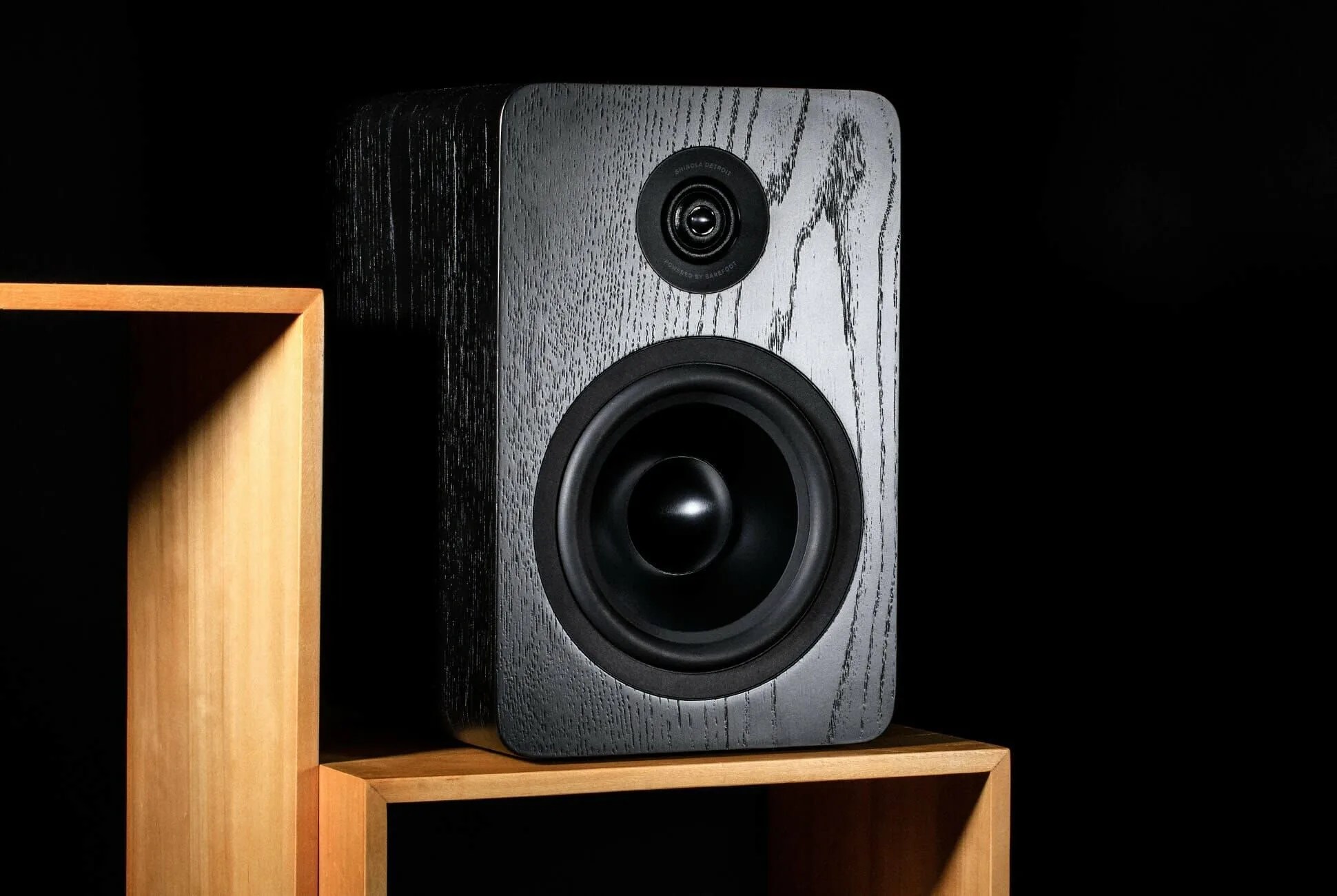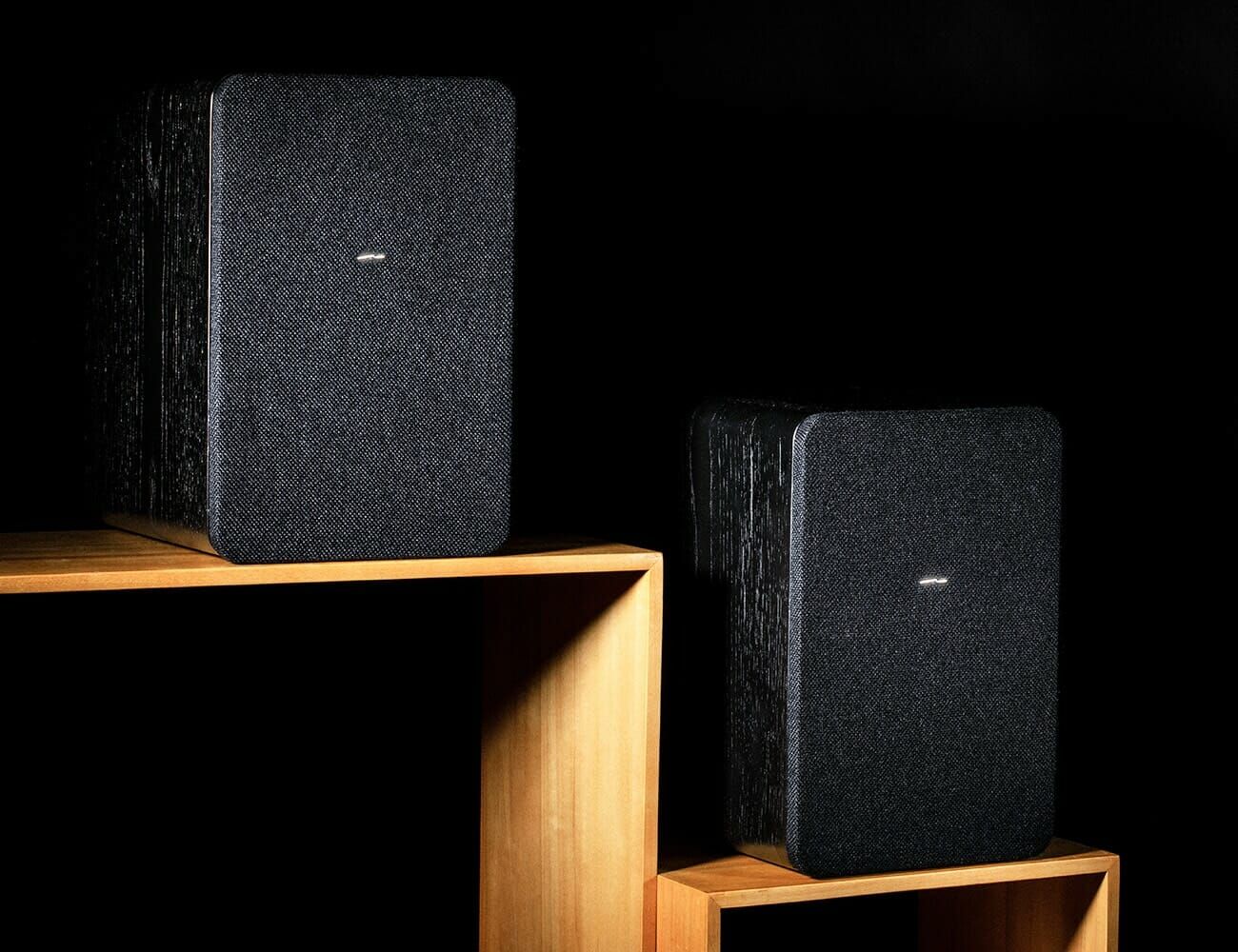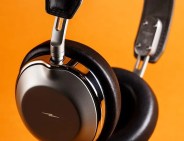2 photos
Shinola’s audio division — Shinola Audio — has been slowly building out its product line since it announced the Runwell Turntable back in 2016. Since then, it’s released the Runwell active bookshelf speakers and a series of over-ear and on-ear headphones. The company is now replacing its original active bookshelf speakers with new ones, simply called the Shinola Bookshelf Speakers, which have been re-engineered from the ground up with the help of Barefoot Sound, a leading manufacturer of pro-audio recording monitors. The new speakers are designed to sound even better than the older Runwell speakers, while also having built-in Bluetooth. Like Shinola’s first bookshelf speakers, these have numerous analog inputs.
The Good: This is powered active speaker system so you don’t need to connect them to a receiver/power amp play music — it’s hi-fi made easy. There’s no app to deal with, either. The speakers have numerous inputs and ways to connect, including Bluetooth, so pretty much anybody can walk up to the speaker and figure out a way to play music. There’s also a USB Type-C audio port, which is rare and an ideal option for those who have Android smartphones that have ditched the traditional headphone jack. The speakers look great and are entirely made and assembled in the US.
Who They’re For: These are beautiful lifestyle speakers, designed to bring high-resolution sound into your home while also matching the rest of your interior decor. They’re really optimized for people who are just getting into high-end audio as they’re basically plug-and-play speakers. If you have a turntable, especially Shinola Audio’s Runwell turntable, these wooden speakers look and sound great with that, too.
Watch Out For: Like Shinola’s other audio products, these speakers blend reference-quality audio with premium materials and therefore they aren’t cheap. There’s no app or wi-fi connectivity, so the only to wireless stream music is via Bluetooth. It could be an issue that specific to our review units, but there’s a pop/thud/boom sound every time the speakers would power on or connect to an audio source, which was frustrating and made me feel like I was going to blow them out.
Update: According to Shinola, the above-mentioned “pop” was a known bug with early review units and it has been fixed for production units.




